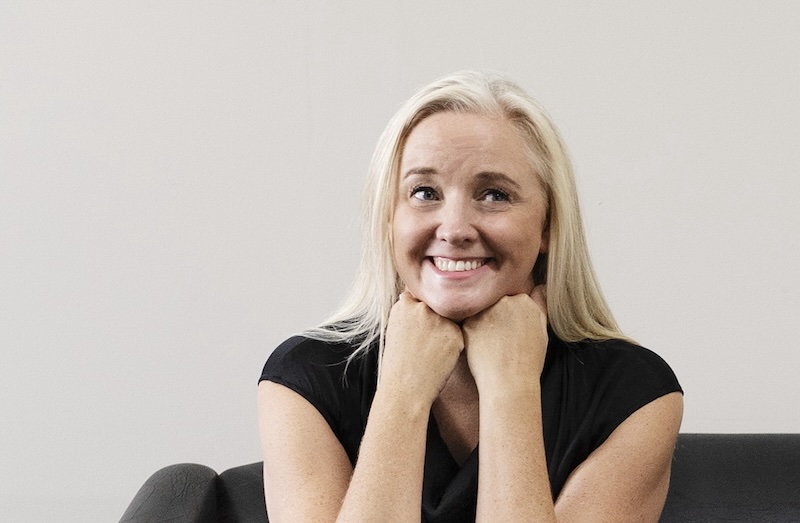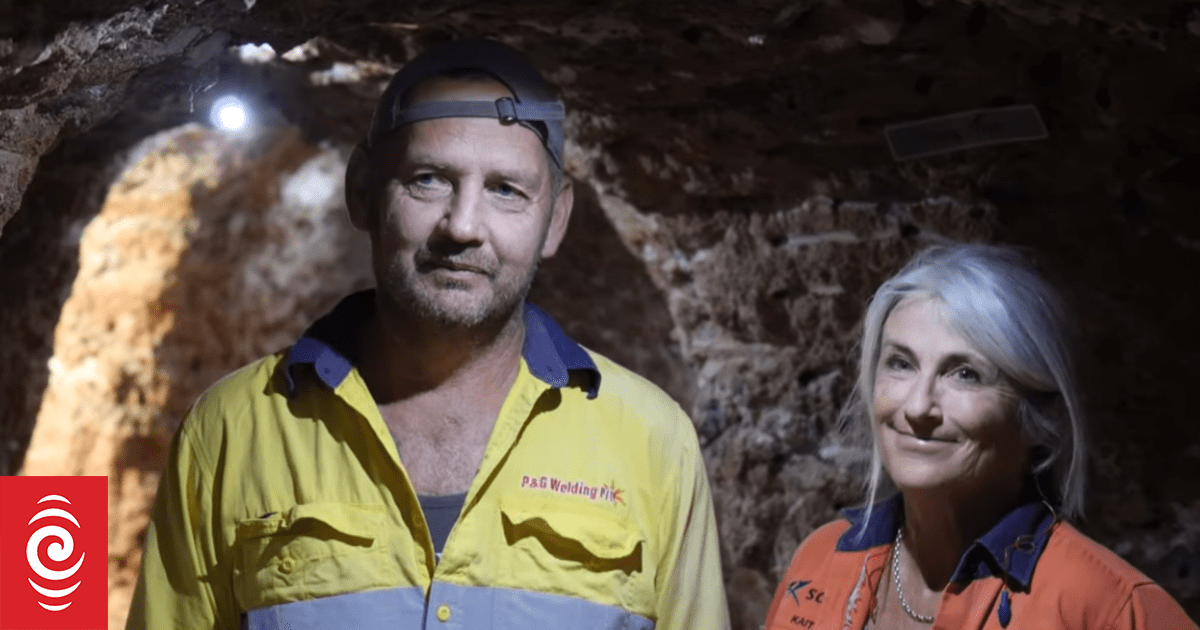Shaq, the new HBO docuseries on the NBA giant, takes its oddest turn when former Los Angeles Lakers athletic trainer Gary Vitti gets into Shaquille O’Neal’s police cosplay phase. Apparently, there was a time when O’Neal would begin his treatment sessions by forcing Vitti against the nearest wall and patting him down like a dime store perp. When Vitti ultimately stood up for himself, the 7ft player literally punched down and dropped the smaller man to the floor. As Vitti struggled for air, O’Neal’s enablers scrambled to shroud the incident from Lakers higher-ups.
Believe it or not, this anecdote is played for laughs; even O’Neal and Vitti giggle about it now. But the real joke is ultimately on the viewer who sat through two and a half hours of hagiography simply to be reminded that the largest man in the room was a child.
The Last Dance, the titanic docuseries on Michael Jordan’s Chicago Bulls dynasty, was like manna during the pandemic, providing hours of fizzy entertainment at a time when sports were nowhere on television. But two years on, it’s clear the NBA vanity project was the worst thing to happen to sports docs. They’re not even waiting until athletes’ careers are done any more to pump these things out: Golden State Warriors heel Draymond Green released an autobiographical short ahead of the current NBA season.
Before The Last Dance, the best sports docs were one-offs: Hoop Dreams (the youth basketball fable Esquire rightly likens to Citizen Kane), Jim Brown: All American (the Spike Lee joint on the football giant), Senna (the crowd-narrated story of F1’s purest ever talent). They unfolded smoothly, mixed in discordant voices, focused on transcendent figures and events. The notable exception was the Ken Burns sports doc, only because the subjects he takes on – baseball, Muhammad Ali – are so incredibly vast. Ezra Edelman’s eight-hour sports tome, OJ: Made in America, also deserves a pass for its thorough examination of arguably the most complex athletic hero in American history.
Where Ali and Jordan changed pop culture, O’Neal is pop culture. He is in every other TV ad – hawking everything from printer ink to auto insurance to cruises. He’s on reality TV. He was a talking head in The Last Dance and in a four-part docuseries on Inside the NBA, the late-night riot fest that has been his personal playhouse for the past decade. No retired athlete in history garnered more exposure than O’Neal. And yet his is a docuseries told in four hour-ish long parts.
Dale Brown, the Louisiana State University coach who discovered 13-year-old Shaq on an army base in Germany, doesn’t appear until 17 minutes in, marking the first time we hear from someone not in the O’Neal family. That’s not to say they’re not lovely – mother Lucille O’Neal, especially; it’s just that director Robert Alexander didn’t have to start at Genesis and tarry there for the first hour.
Even more curious, Alexander frames O’Neal as an underdog hero, complete with manga inserts; never mind that O’Neal left college early, went No 1 in the 1992 draft and won three consecutive NBA championships with the Lakers. O’Neal may not have consistently applied himself in the gym or much improved as a free-throw shooter over the course of 19 NBA seasons. But when he was fit and fuming, he was basketball’s immovable object and its unstoppable force.
The keenest on-court insights on O’Neal come from former NBA referee Bob Delaney – who’s frank about what a challenge O’Neal was to officiate and the parade of 7ft stiffs who hung around the league simply because they could give Shaq six fouls. Even after lengthy chats with Jackson, Jerry West (the Lakers great who engineered O’Neal’s trade from Orlando to LA) and Pat Riley (the coaching legend who guided O’Neal to a final championship ring with the Miami Heat), we never get a sense that O’Neal was an especially skilled basketball player – which, my god, was he ever. His low post footwork alone could’ve filled an entire episode, and also paid off the third episode reveal on the big toe injury that ultimately toppled the big fella.
Still, credit where due. Normally, when an athlete is this heavily involved in the making of his sports doc, the out-of-bounds subjects stay there. (Jordan, for instance, doesn’t really talk about family in The Last Dance.) But O’Neal digs into most of his unsavory bits: his regret over two divorces, his lingering pain over the deaths of his younger sister and Kobe Bryant, reconnecting with his biological father. Hearing O’Neal talk about DJing, his latest passion project, replacing the adrenaline rush he got from playing in front of large crowds will only make you wish Alexander had made his docuseries about that.
At best O’Neal was the premier center of his era; at worst, the biggest disappointment. O’Neal did not bring about a major culture shift, was not a civil rights hero and didn’t sacrifice prime years to make a larger political point. He was an incredibly large boy who grew into an even larger man who dominated the court as soon as his bones fused and his brain picked up the rest. That hardly makes him grist for a four-hour docuseries. But then again who’s gonna argue with the biggest man in the room?





















Discussion about this post